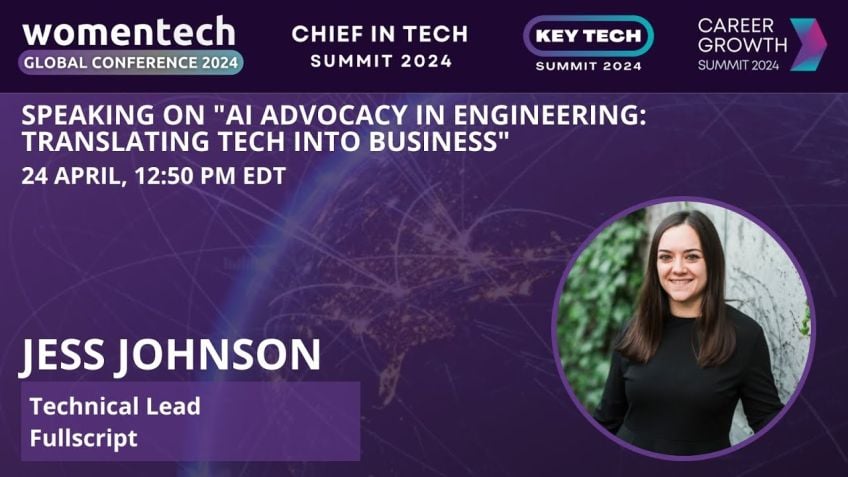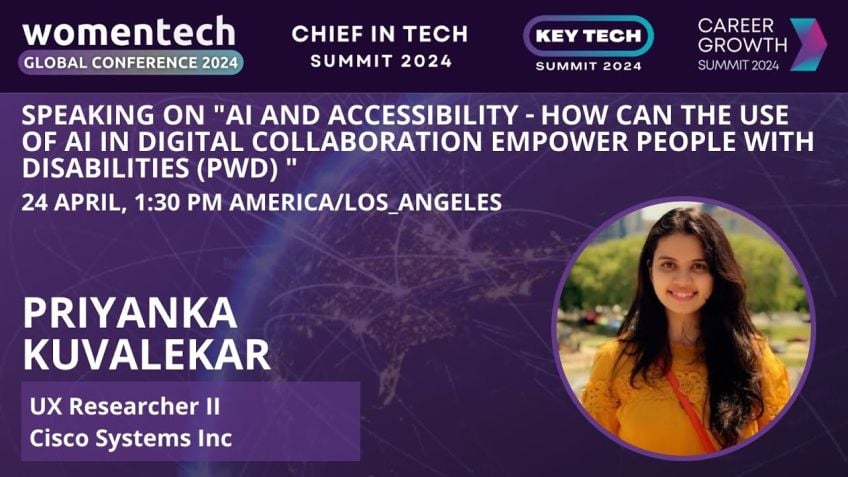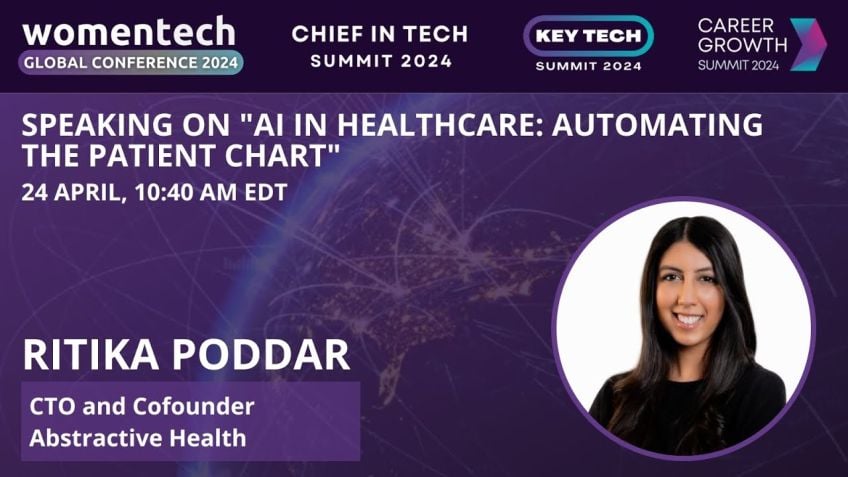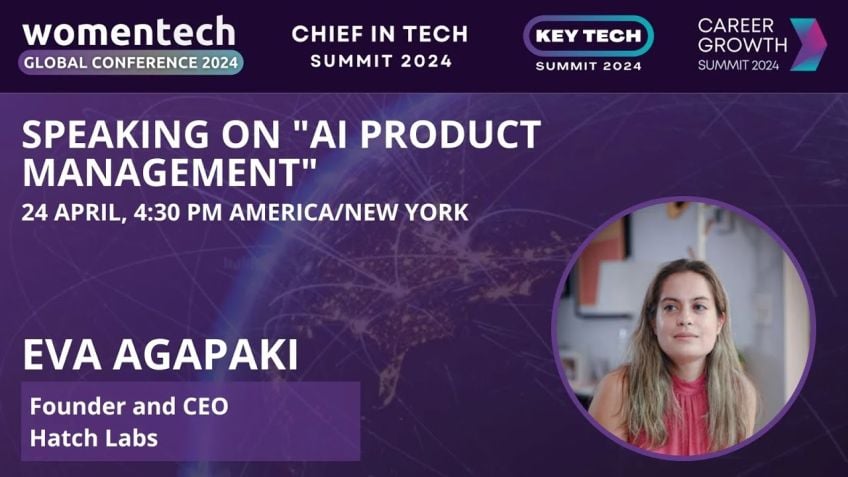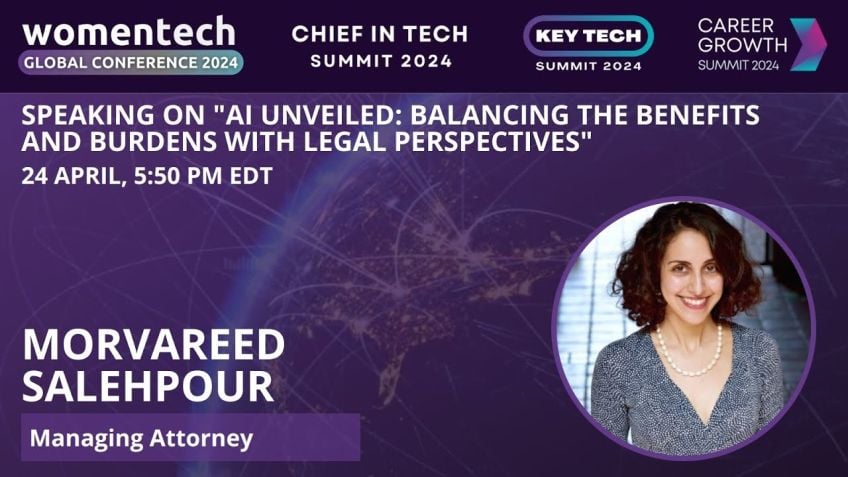Azure Open AI Use cases
Namrata Sherkhane
Senior Cloud Solution ArchitectA Deep Dive Into Artificial Intelligence, Machine Learning, and Generative AI
The current digital era we find ourselves in is being driven by advancing technologies, specifically artificial intelligence (AI), machine learning, and generative AI. These transformative fields of computer science are redefining how human intelligence can be replicated by machines, leading to remarkable developments and substantial improvements in various industries.
Decoding AI, Machine Learning, and Deep Learning
It's critical to recognize the progression that has taken place in these fascinating technology sectors over time. AI,[ai], in its broader context, is the exciting realm of computer science where machines aim to mimic human intelligence. Over time, this field's exploration has led to the conception of machine learning, famously used for training machines with different datasets to improve their performance on given tasks.
As we proceeded further into this exploratory journey, we encountered deep learning, a neural network-based process initiated around 2017. Deep learning essentially enables machines to make decisions based on learned information, significantly improving the potential applications of AI.
Understanding Generative AI
In the current era, we have witnessed the rise of generative AI, which has acted as a breakthrough in the AI industry. This AI model generates new written visuals and offers detailed insights into existing data, providing outputs based on the data input provided. The responses, much like human conversation, are delivered in natural language, giving the data analysis process a distinctly human touch.
AI's Role in Global Business
Today, there is a growing interest in AI technologies from business customers worldwide. Multinational companies like Microsoft have regularly engaged in discussions regarding the potential of generative AI, particularly about enabling chat GPT (Generative Pretrained Transformer) for their businesses. Large language models like chat GPT are captivating the global business scene because they can manage vast storage of data while leveraging the considerable computing power available on the cloud.
Integrating Generative AI in Business Models
A partnership between Microsoft and OpenAI, who are the creators of chat GPT, aims to help enterprises roll out use cases on chat GPT.
- Text Conversation Model: This model can generate answers to given prompts in a conversational manner. A simple prompt such as writing a tagline for an ice cream shop can yield human-like responses, such as "We serve up the smiles with every scoop."
- Code Model: This model arrives at SQL queries based on the questions asked, turning natural language queries into code.
- Image Model: Here, visual responses are provided for specific prompts, enabling the creation of unique, original images based on text descriptions.
Adoption of AI Services in Businesses
As a part of Microsoft's AI portfolio, Azure AI plays a crucial role in providing multitudes of services, including Azure Open AI, which forms part of their cognitive services suite. Azure AI's capabilities are abundant, providing limitless generations from a few inputs, and allowing easily available models to be utilized for businesses' specific use cases.
Applying AI in Different Industries
The implementation of AI is not limited to specific sectors; instead, it permeates various industries, from finance and healthcare to education and IT. Businesses are harnessing the power of AI to generate content, such as automated responses for customer inquiries, personalized website UI, or generating concise summaries of extensive call records.
- Code Generation: Natural language can be converted into coding languages such as SQL, Java, C++, and others to query telemetry data, property data models, and other data sources.
- Semantic Search: AI can be used to search through product reviews, uncovering specific information or mining knowledge across an enterprise's vast data banks.
Concepts of AI, machine learning, and generative AI not only add a futuristic approach to business methodologies but also streamline and enhance operational efficiency across industries.
Conclusion
As more businesses recognize the potential of advanced AI technologies, the demand for these services is undoubtedly set to increase. AI, machine learning, and generative AI are set to remain at the front line of digital innovation and technological advancement for years to come.
Video Transcription
OK.So as you all have been hearing about the artificial intelligence, it's a, it's a big, you know, a box basically, which has a number of things into it, which is especially a computer science field uh wherein uh a lot of R and D used to happen on how could we replicate the human intelligence um and create a machine which could, which could uh replicate how, how human beings think.
So then it kind of um you know, it was more explored, we had something called as machine learning, which is special to training, you know, training uh on different aspects on the da data set so that uh a machine could work uh onto the data which we have given to it. Right? Then we had something called as deep learning around 2017, which is actually a neural network based process, right? Um And it helps you to make decisions. And now in the current era, we, which we live in is the era of generative A I and most of you would have heard about it, right? And what does it really do? It actually is and uh generative A I um model which is called ST I GP T as well, uh which creates new written visuals and also gives you um a lot of information uh onto the existing data as well as you can give your data and get the output. So es especially like you are talking to uh um anybody in natural language and you're getting the responses also in natural language. OK. So as I mentioned, the A I technology is everywhere and it has been spoken about and globally, we have so many customers also coming to Microsoft to discuss on, you know, the uh uh the chat GP T capabilities, how we can enable uh the chat G BT for their businesses.
And um uh with the large language models, right? Like the chat GP T, the whole world is actually um um you know, by taken by storm and in part because they are, they can draw a vast storage of data leveraging the massive computing power, you know, today uh which is available on to the cloud, right? Um So Microsoft has heavily invested along with, you know, open E I, we have a very good partnership wherein um uh you know, a lot of models have been created onto the Microsoft Azure cloud basically. And uh Open E I which is a company who has created the chat GP T and the different models which you can see. Uh But what Microsoft understand is that, you know, as part of their vision they have part then uh a partnership with the OPEN A I and helping our customers, especially to, to roll out the uh use cases on chat GP T enterprise wise, right? So there are different models. One is the text conversation code model and the images uh model basically, I'll just go a little deeper into it. So um generative A I um you know, has different models which I mentioned.
Now, first example, which you see, right, if you give um such imprompt to an generative A I which is like like right in tagline for an ice cream shop and the response which you get is absolutely like we serve up the smiles with every scoop, right? So uh it is really the response, what you would think like in Tagline. So it understands what is the question, what is the prompt? And it uh accordingly gives you the answer. Um the second response which you see it is especially the conversation response that a question has been asked that I'm having some trouble with my xbox and the responses with then with the troubleshooting uh options on to that issue, right? And then again, and question on top of it is asked that how you know, what are the recommended uh games for a 14 year old? So depending upon what are the games in Xbox, it would give you a response for the games which would be, you know, recommended for and 14 year the third option that you see here is the prompt for uh SQL query. So if you see here as in table structure, which is given for a customer table.
And these are the columns basically and we are just asking the cha A PT basically um uh the generative A I basically to create a query uh for all the customers in Texas named Jane. So this is the response that you get. So you actually are now converting and normal question to a code. This is an example of SQL but you could do it with, you know Java C++ or you could do it with Python Xxyz, right? The next one is the very interesting part that you give it prompt and then the output which is expected as an image out of that prompt. So basically you're asking say a ball of fire within vibrant colors, right? To show this to show the speed of innovation at a media and entertainment company. So all of the words which is given in the prompt, right? According to that, you are actually getting a response which would be more applicable, say for media and entertainment, the vibrant current and the speed as well, right? Everything is taken into consideration and you get this response. So this is an example of how, what are the, you know, what can and generative A I do now um coming a little more deeper onto what are the models behind the scene which helps you to give this information, right?
So Azure open A I service but actually has the large preteen foundation A I models custom tunable as well with your parameters and your data. So uh as of now, which you would be doing in trial basis would be onto the existing, but definitely you can train the model onto your data set. So the first box that you see here is an text model which is the uh GP T four or 3.5 and GP T four plus, we have the chat GP T which is in conversational model. So the first two examples which I was showing you here are uh the text models. The second example is of the is of the codex model. So which is actually generating uh the coding uh for you. The third model is your doll E model which is a generative image model. OK? Talking a little bit more about what Azure provides. Azure A I has a number of services as part of the portfolio of A I, right. So um we have um different services and the Azure Open A I comes as part of our cognitive services.
So for an enterprise level business problem, you could stitch all of the uh you know a couple of these maybe uh solutions or the uh services which we have along with our other other services and create an enterprise level solution. OK? All right. So Azure Open A I service capability is actually, uh, plentiful. Right. You can actually have limitless generation with a few line of inputs and, um, be able to, um, uh, you know, use really available model into your use cases. Right. So you don't have to really build anything but you can go ahead and use these models for your use cases. Now, coming to what are the different, uh, you know, top use cases which we generally come across with our customers. Uh And these customers are from all the industries, right, from the finance to your healthcare, to education uh to it industry, right? So uh one of the most common use cases is the co contents generation. So like for example, for the call center analytics, uh it actually would help you to automatically generate the responses for the customer inquiries. For example, it is it's in bank and if there are any questions, um then you could do an um summarization or content generation as well on top of it, right? Uh Gene generate the personalized U I for your website on summarization part, which I also touch base.
Um is that uh you have a lot of call records, right? Of your call center analytics, for example, right, as part of your analytics. So you could actually create a summary of say 10 minutes long conversation over a phone call or uh you could do whatever history conversations has been done. You would want to know the summary of what the customer is really looking forward for, right? Or you would want the subject matter, experts, documents are there and if you want to summarize them, for example, there are legal documents, contract, documents of financial reporting and you have a lot of numbers out of it and you want a summary of it, right? Or you want to summarize the social media trends, for example. OK. Um The next is the code generation, That's the codex model. Uh In that uh you actually convert the natural language uh to C SQL for the telemetry data, you can convert the natural language to query property data models. And also you could use it for code, documentation, code. Uh in fact code summarization, you can also use it for um a number of more things like test cases as well. I mean clubbing the different models basically last but not the least the semantic search. So search reviews for a specific product or service, right?
Uh You have a number of um uh reviews and for that, you would want to um find out for specific products or uh services and information discovery and uh knowledge mining. So you have for example, say an enterprise and you have a lot of documentation around the policies, there might be finance policies, there might be hr policies, there might be travel XYZ policies, right? So if you want to uh you know, have an um a system where in your employees just ask about uh a question and um um you actually get a response. Um very generative response basically uh while it fetches all looks for all the information in your documentation or the policy documents of your hr say a travel, um you know how many days do I uh really get leaves in a year, for example, and the policy details would be searched uh depending upon the region XYZ, you would fetch the data and you would get an output.
So that's one of the example. So example of the multimodal use cases which I was mentioning that you could actually bring bring in different um models uh which we have as part of our Azure I portfolio and then create an uh holistic solution. For example, end to end call center analytics which could use the classification model. Um the sentiment model, the entity extraction summarization summarization, we be using the open A I basically and the email generation also the chat GP T basically the model uh which we could be leveraging.
So uh for customer 360 you would basically be uh using hyper personalization using the time timely summarization of customer queries and uh the trends, the search and the content generation. So for this, you would use a couple of services basically open A I services, cognitive search and also the trend for trend analysis, different uh other services. So we'll go a little deeper on to all of you know, a couple of them basically use cases. Uh The last one is the business process automation. So search through the structured and unstructured document, generate code to query your data models or code generation. So these are the different examples. No, I'll just um take you a little deeper onto different architectures on uh how you could be using the ORA I services along with the open A I and solve the actual problems. So this document uh process automation which actually talks about extracting the rich insights from your documents and then summarizing it, for example. So as I was just giving you an example of um a lot of uh you know, history documents, which you may have, there might be some legal documents, some contracts, some hr you know, some finance um uh different documents, right?
In in fact, documents related to employees XYZ or if, if it's in um the, you know, if it's in the company of insurance, so you would have the documents related to insurance um uh claims. And uh uh if it, the claim is related to your uh for, for example, for vehicles, the vehicle information, maybe their pictures as well, right? So you would want to actually um do an automation process of uh processing all of these documents and getting an output say in in your web app or you know, as part of your power B I report. So first of all, what we will be doing is that we will track the documents. What it really means is extract the information. It may be a handwrit document. You may have images to extract the entities out of your documents. And then you would actually in your uh use form recognizer to extract this information. Plus you would add then index it using a cognitive search. After that, after the indexing is done, you would actually be uh using the open A I for generating and response. Um Basically on whatever questions have been asked on to your web application or maybe send an analytics, for example, um um uh to your Power B I reports. OK.
So um uh this is one of the flows I will share uh the, another use case which is the contact center analytics using speech API and the Azure Open A I. So it actually is going to extract the rich insights from the call uh transcripts. So when, whenever there is a call center call, right, there is an uh discussion which has happened now that whole conversation has been, you know, brought into the hr storage and then what we really do is convert that particular speech uh it uh to text and then run an open A I service on top of it to basically summarize what, what is really asked for, right?
Or to understand what is the trend or the insights from your, from that specific conversation. OK. All right. Um Considering the time I'll just go ahead Um this is the one example of the A I powered QN A over the enterprise data sources. So this is the same example which I was referring to that. If, if you consider an enterprise, you have so many different departments, right? Um uh wherein you would have so many different documents related to uh C Hr finance uh right, sales marketing, you would have related to employees, correct. So um uh this particular use case really talks about the uh Q and A over the enterprise data sources, which would really like an employee ask you a question and they get an answer by um uh you know, by the whole systems, you know, crawling to all of the different different documents and getting you the relevant information.
OK. So how does uh how would it be done? Basically uh So you have this document library basically the store where you have all your documents, we will then be using um Azure form recognizer to extract the entities out of the document or to understand what exactly is written in those documents, right? Uh That's the document cracking.
And uh you may also need to require, you know, document chunking with which basically means that you uh you break the document um and uh you break the document then after the form recognizer and uh uh models run, you then actually use in cognitive search to index them and then you would actually have your user application uh which would ask and question uh for which you will, it will go to the index data, it will get the answer.
Um It will get the information, it will go to an open a service and then it will give an output which will be an uh a natural language response. Basically a natural question and an answer basically from these documents. OK. So considering the time which I had um I am through with what I want, I really wanted to share with all of you. Um Thank you. And uh maybe if there are any questions, I hope you have put them in the chat. Um All right, I see um Ram as I asked that how speech A I works with different accents. OK. So um speech A I, if you talk about the A short speech, um uh uh A I model site, we have different parameters attached to it for the accent and the dialect, right? Uh There are different parameters on which you could uh tune it. You could also give the accent to train the model basically to understand this is the accent which you want to uh fetch uh you know the information from correct and someone who is not a native speaker. OK. So it is also a related question. So you would have to basically customize your model which is also um available and could be done. OK? Any more questions anybody has? I think we are right on. The time also and um uh you could put on the chart uh anyone. OK.
I'm also sharing my linkedin profile for all of you. Uh Oh. Mhm. I think I did not copy the link. All right. There is one more question. So is it built uh based on natural uh neural networks? Is the deep learning models which we have um are based on that? So definitely, you know, speech is one of the aspect to it. Uh But after we generally process, you know, do the neural network process, you know, the deep learning on top of it, once we convert the speech into text, right? So, yeah, we do have the deep learning models as well on top of it, you know, you could be um you know, doing further analysis. Sure. So um thank you all for joining in. I hope you um enjoy the session and gain a little bit of knowledge. Um Thank you and I'll, I'll uh request all of you to like my session if you find it useful and do connect with me on linkedin. Thank you so much. Bye bye. Take care.


